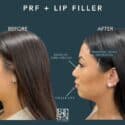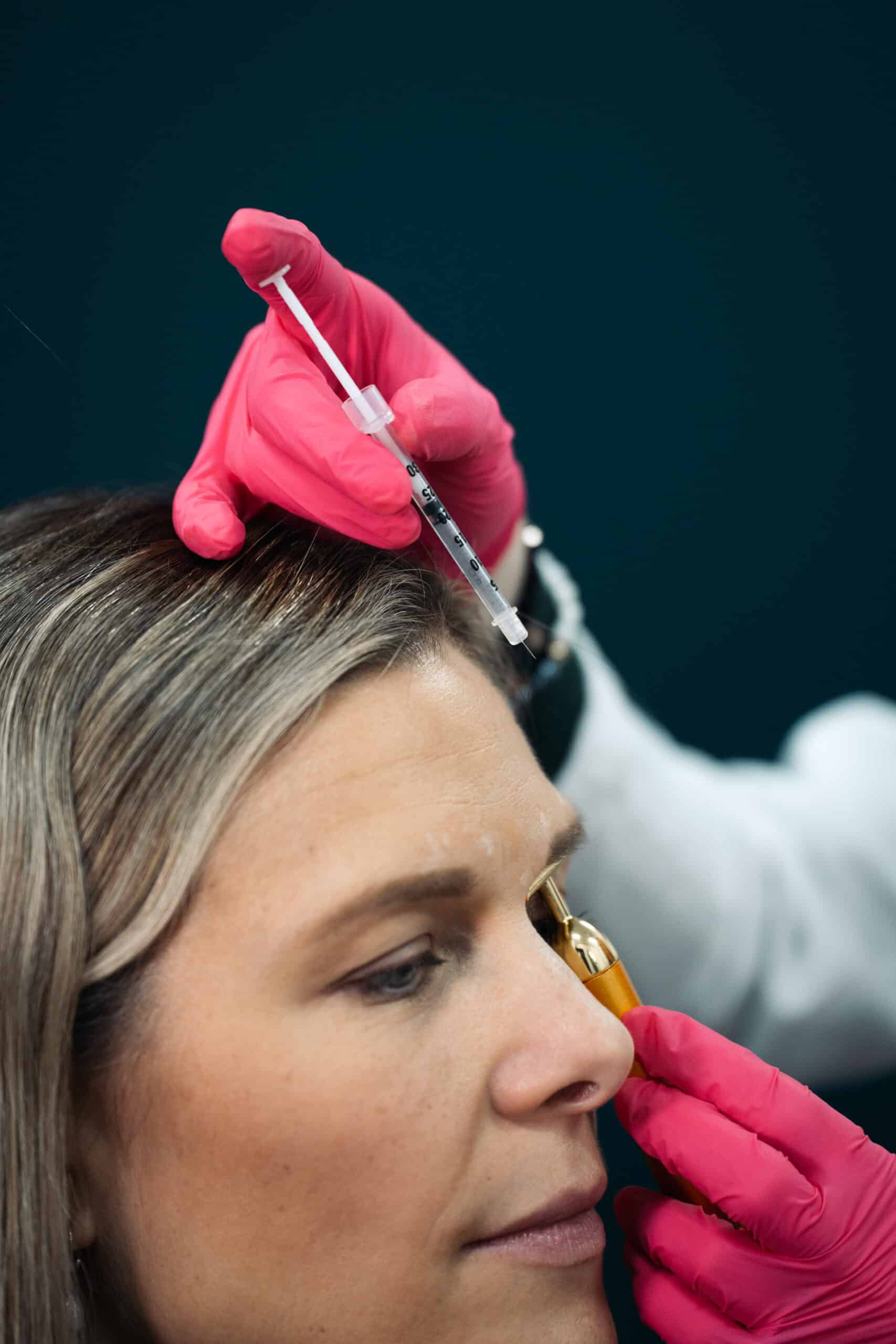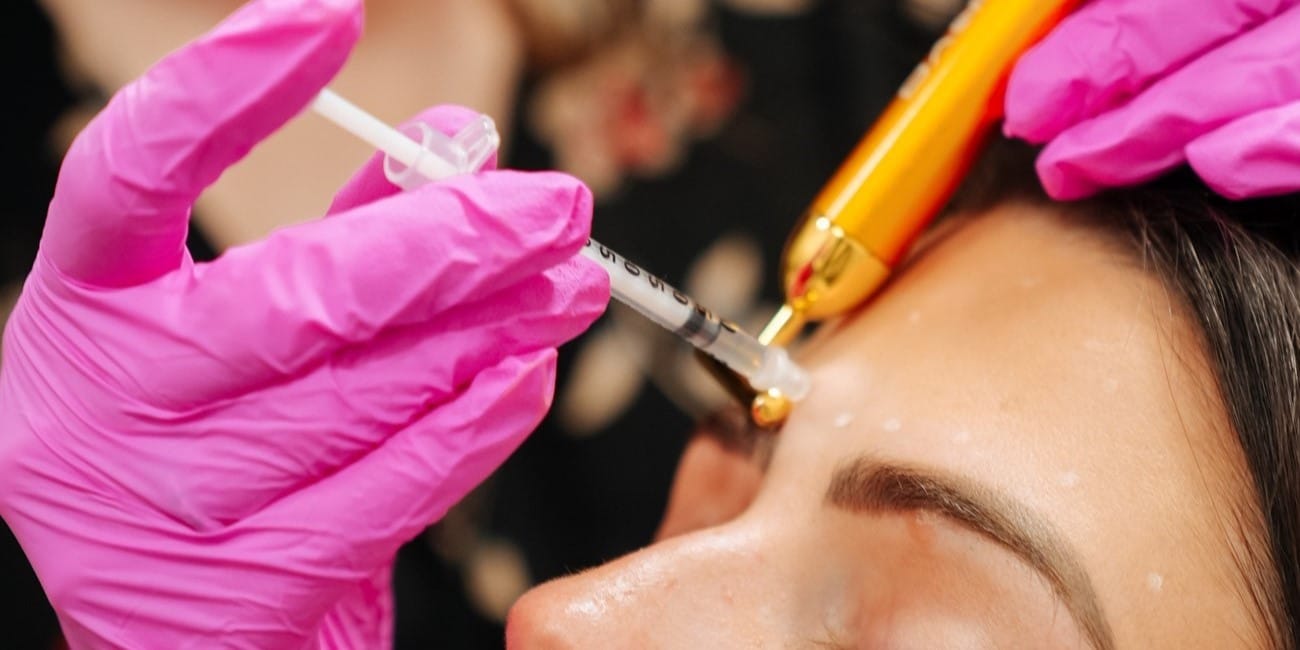
When it comes to achieving a youthful, refreshed appearance, neurotoxins like Botox®and dermal fillers are two of the most popular treatments at The Hudson. While both are designed to reduce the visible signs of aging, they work in completely different ways and are suited for different concerns. Let’s break down the key differences between Botox® and fillers to help you decide what treatment you should book!
Botox® – Smooth Away Dynamic Lines
How does Botox® work?
Botox® is a neurotoxin that works by temporarily paralyzing the muscles responsible for causing wrinkles. It is a medication made from botulinum toxin type A, which tells your muscles to relax. Botox® works great on dynamic wrinkles, which are the lines that form due to facial expressions like squinting, smiling, or raising your eyebrows.
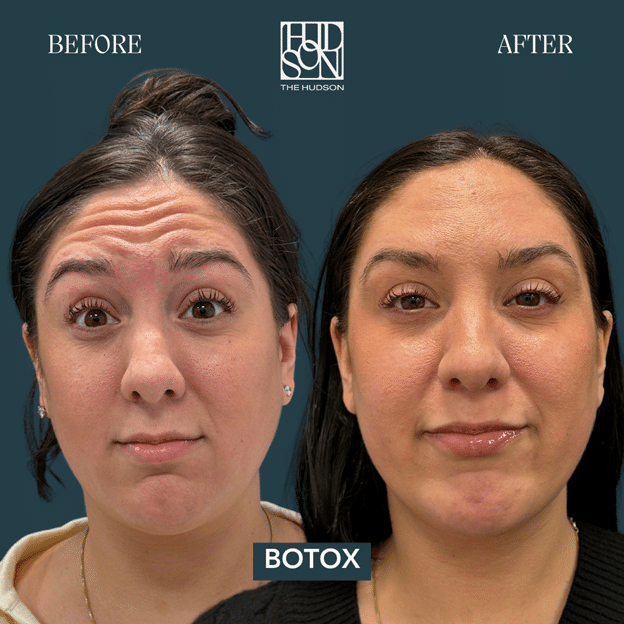
Filler – Restore Volume and Define
Unlike Botox®, dermal fillers are injectable gels made from hyaluronic acid, a substance found naturally in our skin. These products are designed to restore volume to the skin and fill in static wrinkles (those that are visible even when your face is at rest). They add structure to areas where volume has been lost due to aging or lifestyle factors, such as weight loss or sun damage. They can also be effective at helping blend transition zones of the face where fat meets muscles so that this is smoother and subtle – such as around the mouth and eyes.
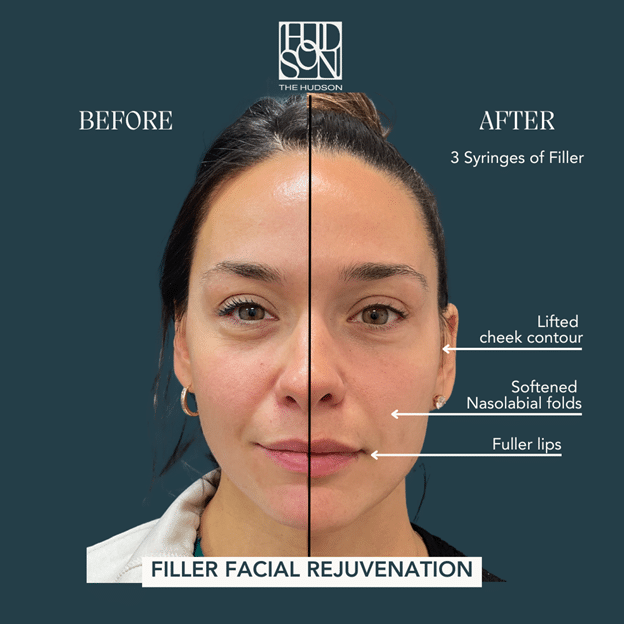
Why doesn’t Botox get used to treat laugh lines?
Botox® is a very effective treatment, but it cannot be used in all areas of the face because of it’s impact on muscle activity. There are some muscles of the face that have function outside of their cosmetic appearance – for example the muscles around our mouth that are used to smile, chew and speak. This is why laugh lines around the mouth cannot be treated with Botox® because it would impact your ability to chew, smile and talk. Fillers are a better option in these areas because they can address age-related changes without hindering the muscle’s ability to function.
What to expect at your appointment?
Botox® injections are typically quick and easy, with minimal discomfort. After discussing your goals, the total treatment time typically lasts 15-20 minutes. The medication will start to take effect in 3 days and will be fully active in 2 weeks.
Filler injections are slightly more involved and require more time to be performed. These injections are in a deeper layer of the skin, so numbing is done beforehand to minimize discomfort. Depending on the number of areas treated you should expect your appointment to be 1-2 hours. Bruising and swelling is common after treatment due to the nature of the procedure. You can expect to see your results in 3-6 weeks depending on what area was treated and how much product was used.
Which One is Right for Me?
Both Botox® and dermal fillers are safe and effective treatments that can enhance your appearance without the need for surgery. Whether you’re looking to smooth out expression lines with Botox®, restore volume and plumpness with fillers, or both, either option offers a way to look refreshed and youthful. The most comprehensive approach uses both Botox® and filler as needed to address skin changes associated with aging in all regions of the face. The best part is – they can be performed on the same day! So, what are you waiting for book with us today Book your appointment here.
| Treatment | Area | Cost | Results | Recovery | Duration |
| Botox®/ Dysport® | Forehead linesFrown lines (between the eyebrows) Line’s around the eyes (crow’s feet)Bunny lines (on the nose)Jawline (for teeth grinding or jaw slimming)Neck Lines (vertical) | Botox® $15/unit; Dypsort® $5/unit | 2 weeks | Little to none | 3-4 months |
| Filler | Smile lines (nasolabial folds)Marionette lines (around the mouth)Under-eye hollowsLips (for volume and definition)Cheeks (for added volume and lift)Chin and jawline (for contouring) | $800-1,000/ syringe | Instant | Swelling, bruising and discomfort for up to 2 weeks | 6-24 months |

